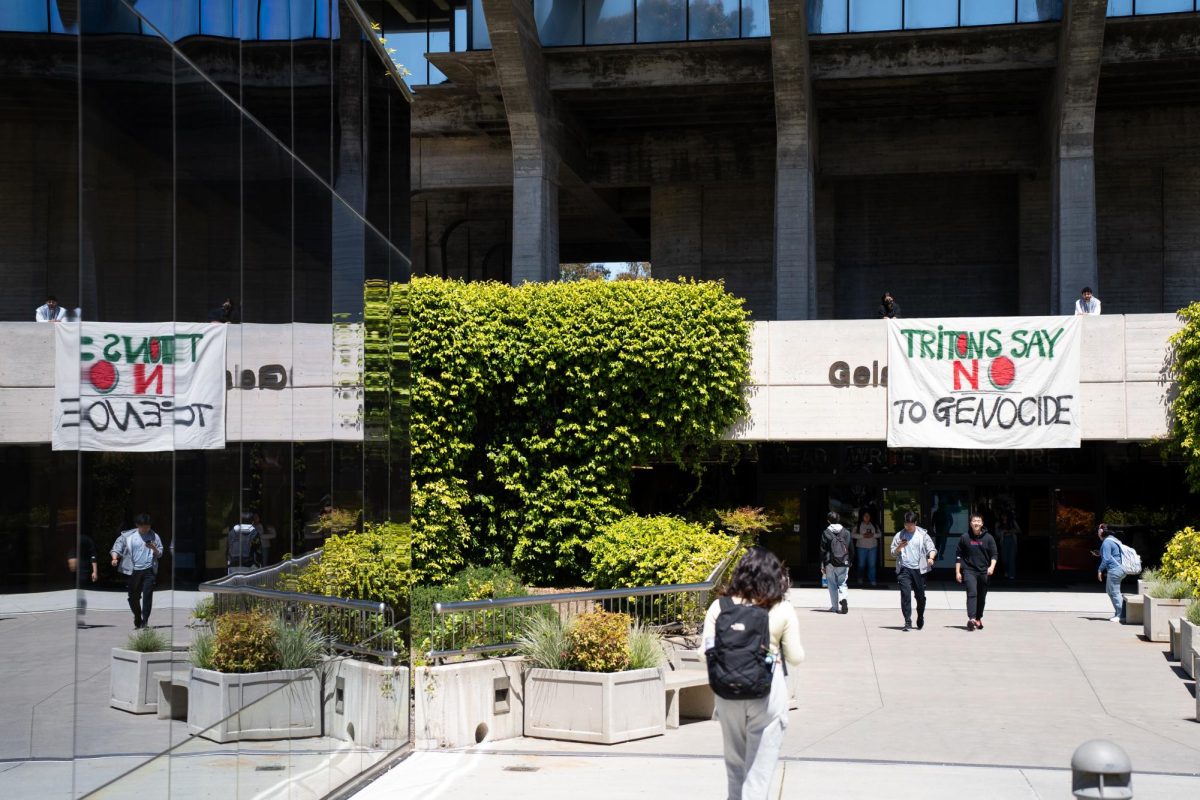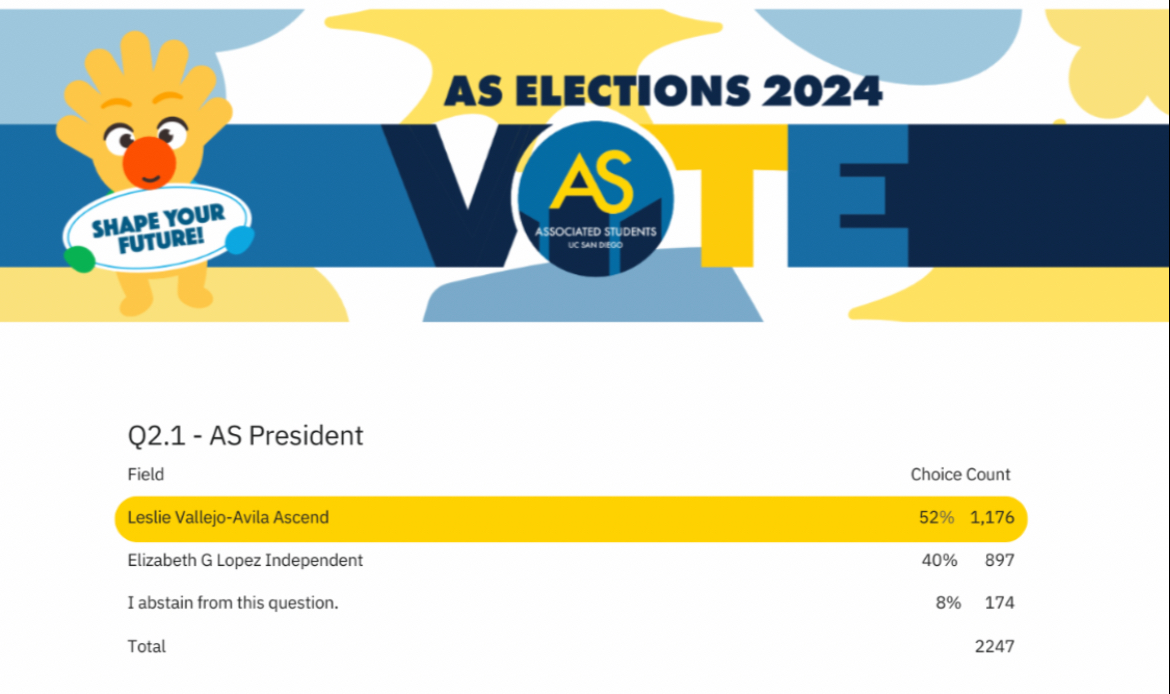A report published on Oct. 20 in the Astrophysical Journal describes the recent findings of POLARBEAR, a project that UCSD researchers collaborated on. The data collected provides the most precise and sensitive measurements of cosmic microwave background polarization to date.
Researchers have built a new kind of instrument, involving cryogenic bolometers attached to the focus of the Huan Tran Telescope, located in Chile’s Atacama Desert. These cryogenic receivers are designed to measure the very faint variations in CMB polarization created through gravitational lensing.
The partial polarization that POLARBEAR is studying occurs when light, as an electromagnetic wave, has more of its electric field oscillating in one direction than in another. The CBM that POLARBEAR detects has been shown to be partially polarized and bent in a pattern known as B-mode patterns, as it passes through the gravitational fields of large clusters of mass.
POLARBEAR has been one of the first projects to successfully isolate any specific B-mode pattern in the sky.
The findings reported on Oct. 21 were made within the telescope’s first season of observation, a window of time lasting from 2012 into early 2013. The instrument is currently in its third season of observation, and experiments are currently ongoing.
These results do not conflict or coincide with earlier BICEP2 research, according to Dr. Kam Arnold, an assistant research scientist involved with the project. The two experiments measure different signals at different angular scales. POLARBEAR measures B-mode patterns at a much finer resolution; the patterns represent a variation on the sky of about one-tenth of a degree, whereas BICEP2’s scales represents a variation of about one degree.
Furthermore, this finer resolution avoids the contamination of B-mode measurements by cosmic dust, an occurrence that has recently cast doubt over the previous BICEP2 findings. The dry air of the Atacama Desert and height of the telescope’s location at 17,000 feet farther negate the interference of cosmic dust.
“In the paper, we presented an estimate of the contribution of dust to our B-mode measurement,” Arnold told the UCSD Guardian. “To quantify the confidence with which we measured cosmic B-modes, we removed the estimated contamination due to dust and saw that we still observed B-modes with 97.2 percent-confidence.”
The POLARBEAR project is currently being expanded from one telescope to three and will mount an even stronger cryogenic receiver that is able to measure CBM polarization in multiple spectral bands on each of the new telescopes.
“We hope to measure more than half the sky with the precision we showed on these small patches of sky or better,” Arnold said. “With that data, we will be able to answer questions about the mass of the neutrino, the equation of state of dark energy and the physics of an early inflationary period in the universe.”
Founded by Professor Adrian Lee at UC Berkeley, the collaboration for POLARBEAR now consists of 70 scientists from institutions spanning North and South America, Europe and Japan. Professors Brian Keating and Hans Paar lead the research group at UCSD.
The graduate students involved with the project include: Darcy Barron, Praween Siritanasak, Frederick Matsuda, Martin Navaroli, Tucker Elleflot, Logan Howe, David Leon and Lindsay Lowrey.
Former students who collaborated on the project include: David Boettger, Chang Feng,
Chris Aleman, Kavon Kazemzadeh and Brandon Wilson.
The postdoctoral scholars involved are Jon Kaufman and Nathan Stebor.







